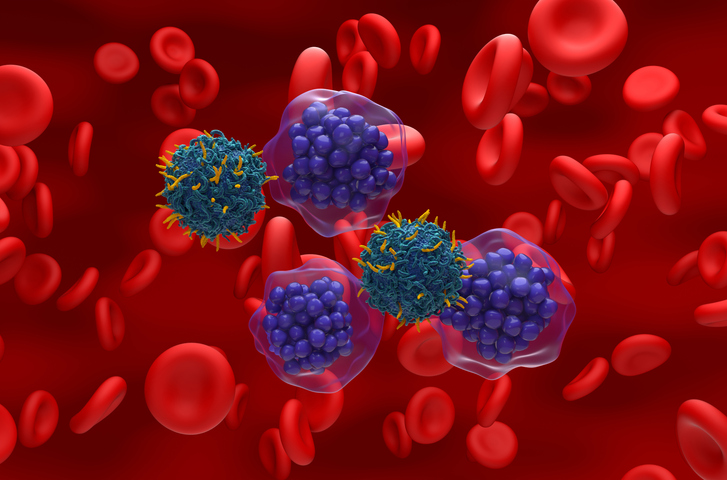
Tumor cells in patients with high-risk follicular lymphoma (FL) demonstrated enhanced B-cell receptor signaling and distinct follicular growth patterns were identified in patients months before relapse or progression, according to an analysis published in Cancer Cell.
The researchers, led by Andrea Radtke, PhD, of the National Institute of Allergy and Infectious Diseases in Bethesda, Maryland, noted the study was rationalized given that “dynamic interactions between tumor B-cells and the tumor microenvironment are hypothesized to contribute to the broad spectrum of clinical behaviors observed among FL patients.”
Dr. Radtke and colleagues also observed “enhanced stromal remodeling and [extracellular matrix] deposition in aggressive clinical cases.”
The study reviewed clinical records and performed histological, spatial, cellular, and molecular analyses to assess changes in lymph node architecture in patients with FL that did progress, did not progress, or had early relapse.
In the most high-risk patients with FL, those who had early relapse, specific tumor-specific and microenvironmental features included stromal desmoplasia and changes to the follicular growth pattern at 20 months prior to first progression and first relapse.
Dr. Radtdke and colleagues summarized that, “Using a multimodal strategy, we examined cell-intrinsic and -extrinsic factors governing progression and therapeutic outcomes in FL patients enrolled onto a prospective clinical trial.”
Reference
Radtke AJ, Postovalova E, Varlamova A, et al. Multi-omic profiling of follicular lymphoma reveals changes in tissue architecture and enhanced stromal remodeling in high-risk patients. Cancer Cell. 2024;42(3):444-463.e10. doi:10.1016/j.ccell.2024.02.001






 © 2025 Mashup Media, LLC, a Formedics Property. All Rights Reserved.
© 2025 Mashup Media, LLC, a Formedics Property. All Rights Reserved.